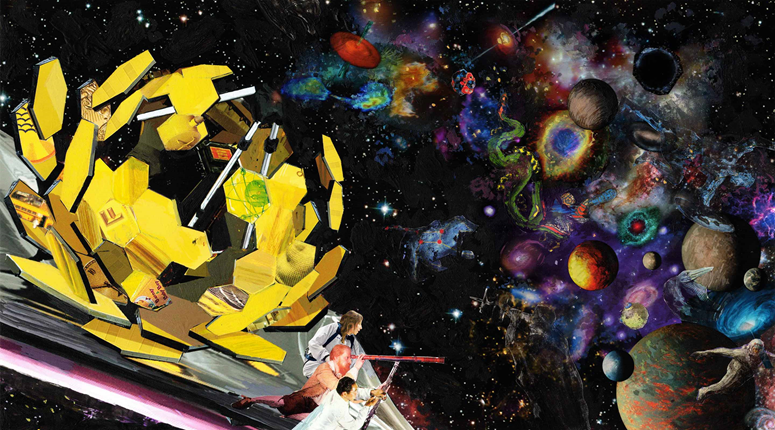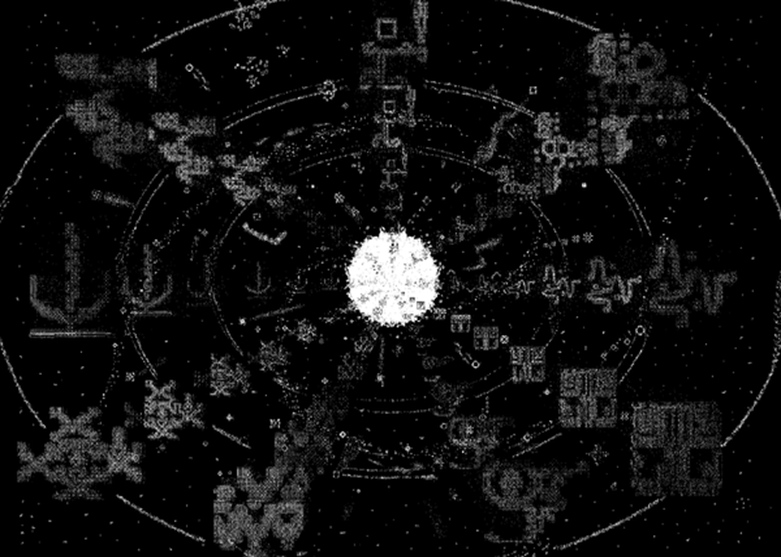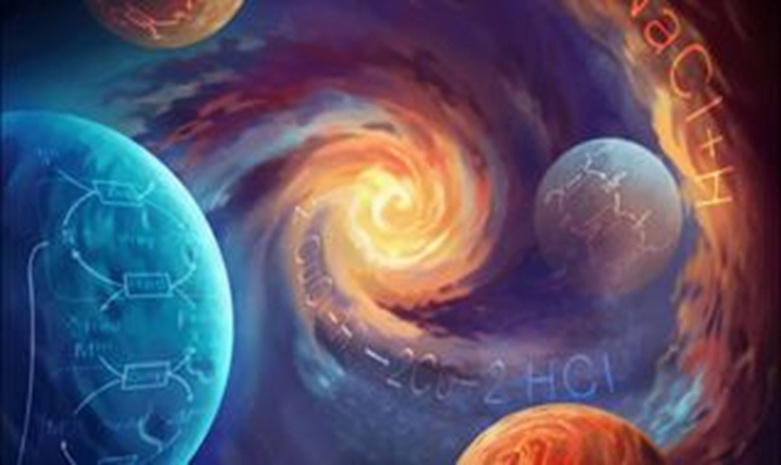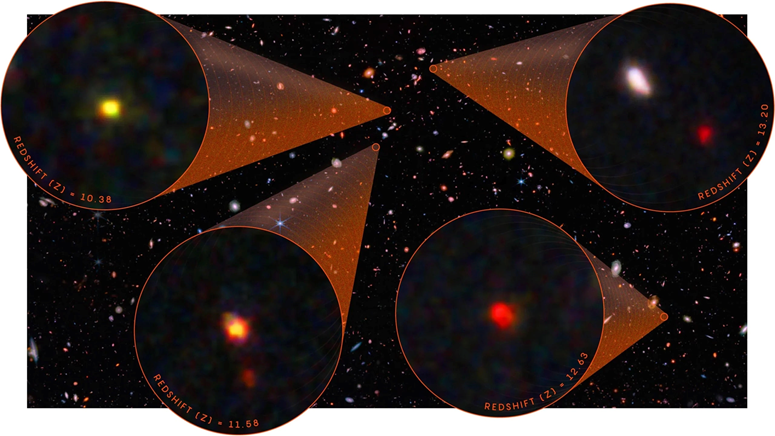Create a simple analysis that helps us find alien life forms

This discovery uses an artificial intelligence model to determine with 90 percent accuracy whether the sample being analyzed is biological or not (Shutterstock)
We may have already collected data that might tell us there are aliens on Mars
A number of astronomers claim to have created a simple laboratory analysis for use in the search for life forms in outer space.
This achievement helps achieve the ultimate goal for astrobiology: providing reliable CEPET analysis Whether or not there is life on planets other than Earth, or whether it existed on them in previous times.

This discovery uses an artificial intelligence model to determine with 90 percent accuracy whether the sample being analyzed is biological or not.
The researchers say that the discovered test can be used to analyze the samples they already have. This might mean, for example, that we have already collected samples by analyzing which we can determine whether Mars harbors alien life forms.
Scientists hope to use this test to analyze samples collected in previous missions by the Sample Analysis Tool at Mars (SAM) of the Curiosity spacecraft. located on the red planet]. As a reminder, the rover has an on-board device to analyze those samples, and that data could be used in the new laboratory test.
In addition, the test results can help us learn more about our planet itself, and reveal the history of mysterious and ancient rocks on Earth.
Lead researcher Jim Cleaves of the Earth and Planets Laboratory at the Carnegie Institution for Science in Washington, D.C., said: “The search for extraterrestrial life remains one of the most interesting endeavors in modern science.”

According to Cleves, “The implications of this new research are many, but we can conclude three main points: First, on a deep level, biochemistry is different from abiotic organic chemistry. Second, we can examine samples taken from Mars and very old ones from Earth to find out what... “If it was once alive, and thirdly, it is not unlikely that this new method of distinguishing between alternative biospheres and those found on Earth will succeed, with great implications for future astrobiology missions.”
Unlike much previous research, this technique does not search for specific molecules or compounds that indicate the presence of life. But they look for small differences in the molecular patterns of samples using different types of analysis.
Scientists developed the test by feeding data to an artificial intelligence system about 134 known samples, as well as information about whether they are biological or non-vital. To verify its feasibility, scientists then provided it with new samples, including samples taken from living organisms, the remains of ancient living forms, and other non-vital samples that do not indicate life, as pure chemicals, and they were identified with up to 90 percent accuracy.

The smart system has also begun to predict another type of sample, dividing biological samples into two groups: “living” and “fossil,” which means it is able to distinguish between a freshly taken leaf and something that has been dead for a long time, for example.
Scientists hope that over time they will eventually be able to discern other indicators in the data, Such as signs of photosynthesis or cells containing a nucleus.
As a reminder, previous research has encountered difficulties in this area because organic molecules tend to decompose over time. But the new method remains effective even when samples degrade and change significantly, said the researchers who created it.
“This routine analytical method has the potential to revolutionize the search for extraterrestrial life and deepen our understanding of the origin and chemistry of the first life on Earth,” said Robert Hazen of the Carnegie Institution for Science, one of the research team’s supervisors. “It opens the way for the use of sensors.” "Intelligent robot spacecraft, landers and rovers search for signs of life before carrying samples to Earth."
The results also help solve life's mysteries. Many rocks from ancient times on Earth are in the middle of a debate over whether they contain the oldest fossil microbes of life, or no life at all, others say. Researchers are already working on entering data about these rocks from Australia, Canada and elsewhere into the new smart tool.

Hazen explains that he and his colleagues are now using their methods “to answer these long-standing questions about the biogenesis of organic materials in these rocks.”
A paper detailing the work, titled “Robust and skeptical machine learning-based biosignature,” is published in the journal Proceedings of the National Academy of Sciences.
Source: websites

